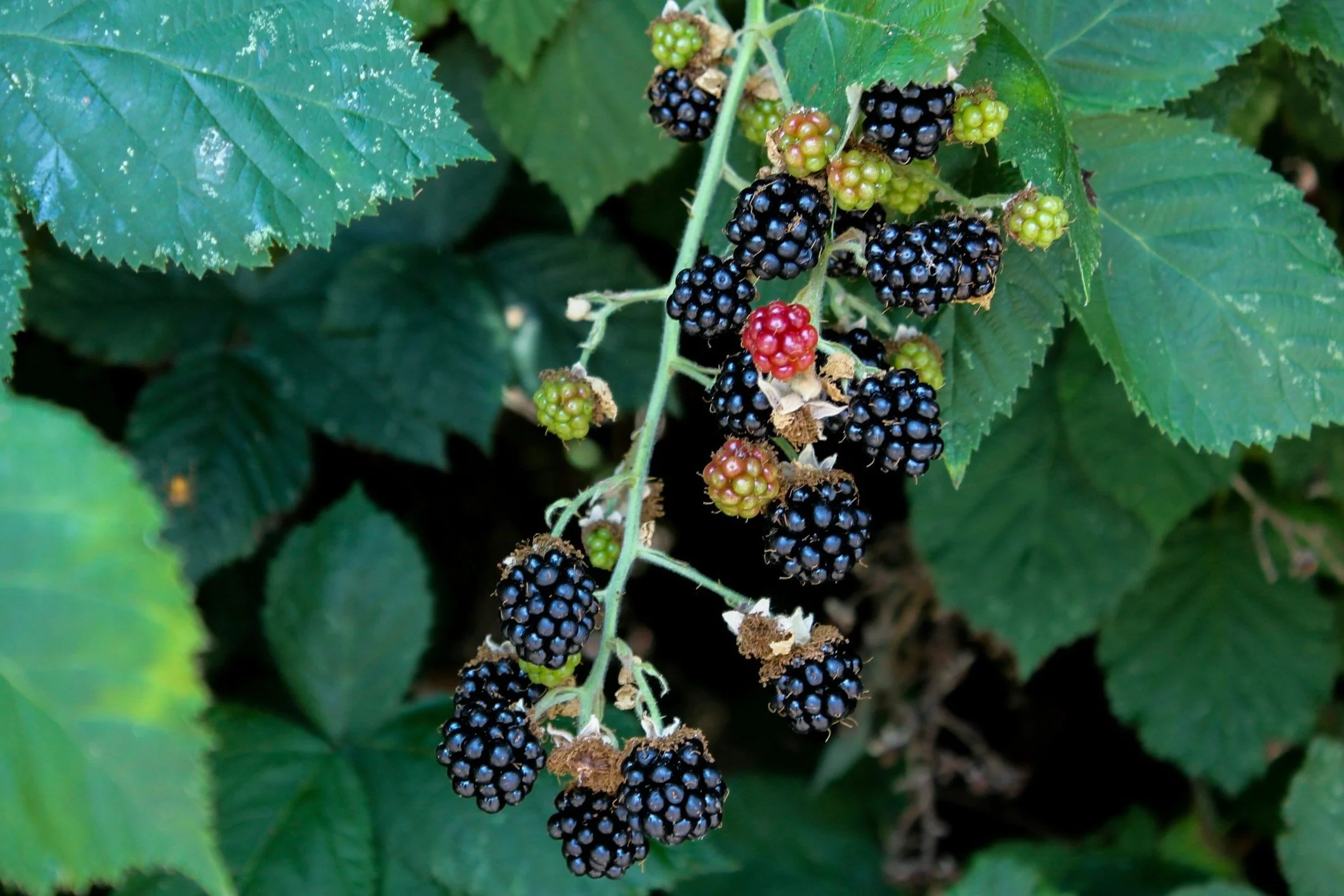Foraging for Wellness: Wild Foods to Boost Health and Honor the Earth
Heads up! This post contains affiliate links—I may earn a small commission if you buy through them, at no extra cost to you. Thanks for supporting my primal wellness journey!
Living sustainably isn’t just about what you buy—it’s about what you find. Foraging is the ancient art of gathering wild foods. It reconnects you to the Earth while nourishing your body with nature’s best. It’s primal, free, and a powerful way to boost your health and honor the planet. From berries to greens, wild foods pack a nutritional punch. An added plus – foraging cuts your carbon footprint.
Ready to hunt for wellness? Let’s explore the benefits, top wild foods to forage, and how to start—sustainably.
Why Foraging Is Sustainable Wellness
Foraging ties you to the land—eating straight from nature reduces packaging, shipping, and industrial farming’s toll. It’s a primal act: our ancestors thrived on wild foods, and you can too. Plus, it’s a mindfulness practice—tuning into seasons, ecosystems, and your body’s needs.
Benefits of Foraging
Nutrient Power: Wild foods often outshine store-bought—dandelions, for example, are loaded with vitamins A, C, and K.
Zero Waste: No plastic, no transport—pure Earth-to-plate eating.
Mental Boost: Foraging in nature cuts stress, grounding you in the moment.
Planet Care: Less demand for industrial agriculture means fewer emissions, less deforestation.
Primal Connection: You’ll feel the wild in your bones—hunting for food like your ancestors did.
5 Wild Foods to Forage (and Their Benefits)
Wild Berries (e.g., Blackberries, Raspberries)
Health: High in antioxidants, fiber—fights inflammation, boosts gut health.
Where: Forest edges, trails—look for ripe, plump berries in summer.
Sustainability: Pick only what you need—leave plenty for wildlife.
Blackberries
2. Dandelion Greens
Health: Detox powerhouse—supports liver, rich in iron and calcium.
Where: Meadows, lawns (avoid sprayed areas)—harvest young leaves in spring.
Sustainability: Dandelions are abundant—harvest sustainably, roots and all.
Dandelions
3. Stinging Nettles
Health: Anti-inflammatory, packed with minerals—great for joints, energy.
Where: Shady woods, near streams—wear gloves, pick young tops in spring.
Sustainability: Take sparingly—nettles support pollinators.
Stinging Nettle
4. Wild Mushrooms (e.g., Morels, Chanterelles)
Health: Immune-boosting, high in vitamin D—perfect for primal strength.
Where: Forests, under trees—spring or fall, depending on type.
Sustainability: Never overharvest—use a mesh bag to spread spores.
Chanterelles
5. Purslane
Health: Omega-3s, vitamin E—heart health, skin glow.
Where: Sunny fields, sidewalks—summer harvest, look for succulent leaves.
Sustainability: Grows like a weed—take what you need, it’ll bounce back.
Purslane
How to Start Foraging Sustainably
Learn First: Study local plants—use a guidebook like this one or app to ID safely.
Start Small: Begin with easy finds like dandelions or berries—avoid toxic lookalikes.
Respect Nature: Follow the “1-in-5” rule—take only 20% of what you find, leave the rest for wildlife and regrowth.
Avoid Pollution: Skip areas near roads or sprayed lawns—go for wild, clean spots.
Gear Up: Bring gloves, a basket, and a knife—keep it simple, primal.
FAQs: Foraging Basics
Is foraging safe? Yes, if you ID plants correctly—use guides, start with easy ones, avoid polluted areas.
Do I need permission? On public land, often no—but check local laws. Private land needs owner consent.
How does it help the planet? Cuts food miles, packaging, and industrial farming’s impact.
What if I’m new? Start with a local foraging walk—learn from experts, then go solo.
Forage Your Way to Wellness
Foraging isn’t just food—it’s a primal ritual, a sustainable act, a wellness boost. Pick a sunny day, head to a forest or field, and hunt for dandelions or berries. You’ll nourish your body, calm your mind, and honor the Earth—all in one wild step. Start small, respect nature, and let the wild feed your soul. Sustainable wellness awaits—go forage it.
Sources: Journal of Food Science (Wild Food Nutrition), Environmental Research Letters (Sustainable Eating), Environmental Health Perspectives (Nature & Stress).





